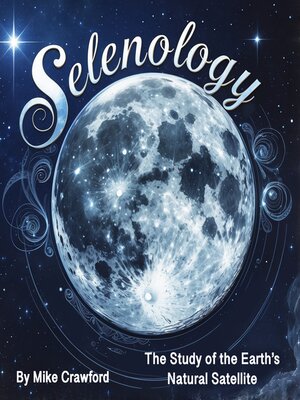
Sign up to save your library
With an OverDrive account, you can save your favorite libraries for at-a-glance information about availability. Find out more about OverDrive accounts.
Find this title in Libby, the library reading app by OverDrive.



Search for a digital library with this title
Title found at these libraries:
| Library Name | Distance |
|---|---|
| Loading... |
The Moon has captivated human curiosity for millennia, and its origin remains one of the most intriguing questions in planetary science. Various theories have been proposed to explain how Earth's only natural satellite came into existence, each offering insights into the early history of the solar system. Through extensive research and lunar sample analysis, scientists have narrowed down the most plausible explanations, with the Giant Impact Hypothesis standing as the leading theory.
One of the earliest theories, the Fission Hypothesis, suggested that the Moon was once part of Earth and was flung into space due to the planet's rapid rotation. This idea, proposed in the 19th century, attempted to explain similarities in composition between the Earth and Moon, but it failed to account for the Moon's distinct isotopic ratios and angular momentum. Similarly, the Capture Hypothesis posited that the Moon was an independent celestial body that Earth's gravity later captured. While this could explain some differences in composition, it does not align with the Moon's nearly circular orbit or its close chemical resemblance to Earth's mantle. The Co-formation Hypothesis, which argues that Earth and the Moon formed together from the same primordial disk of dust and gas, also struggles to explain the Moon's unique density and lack of a substantial iron core.







